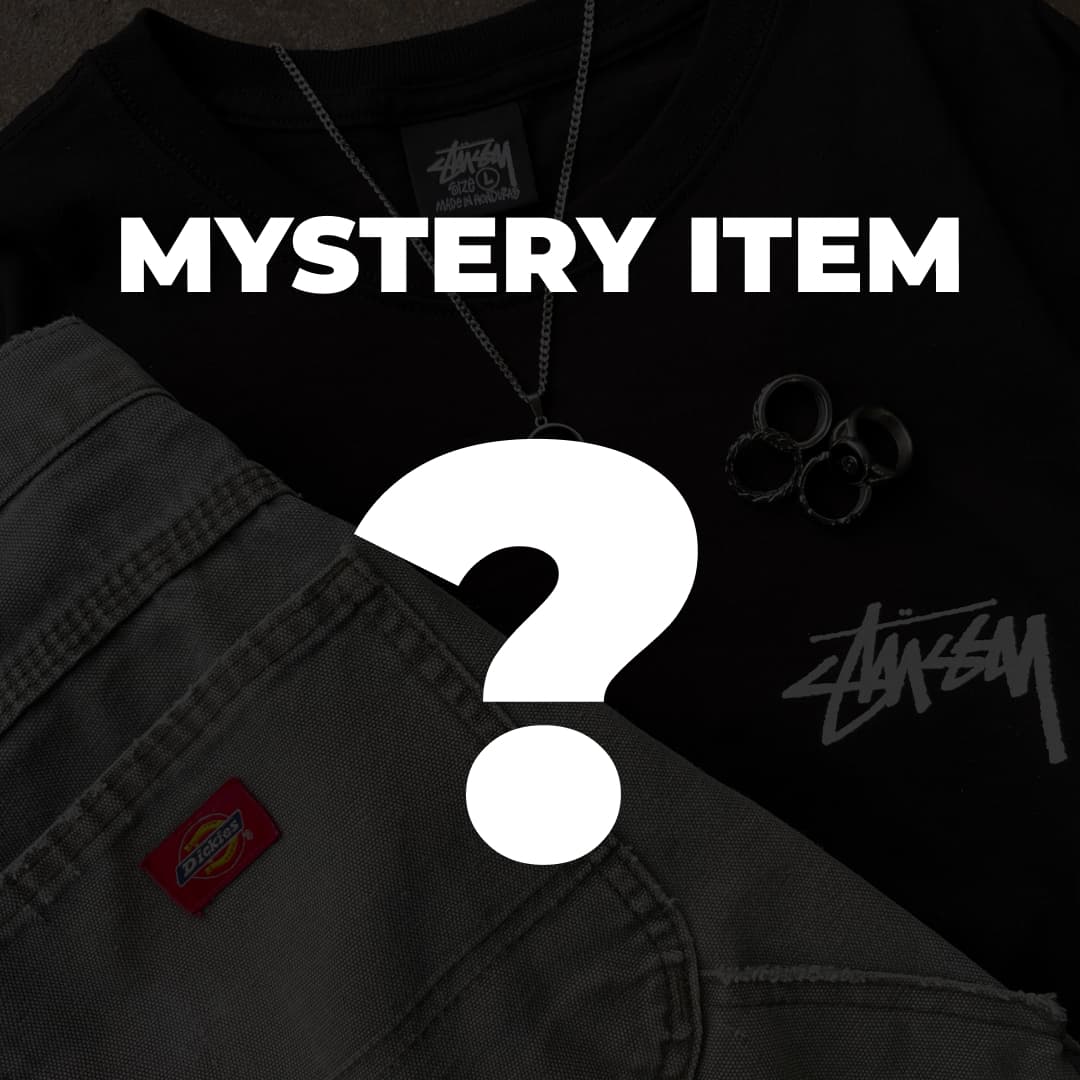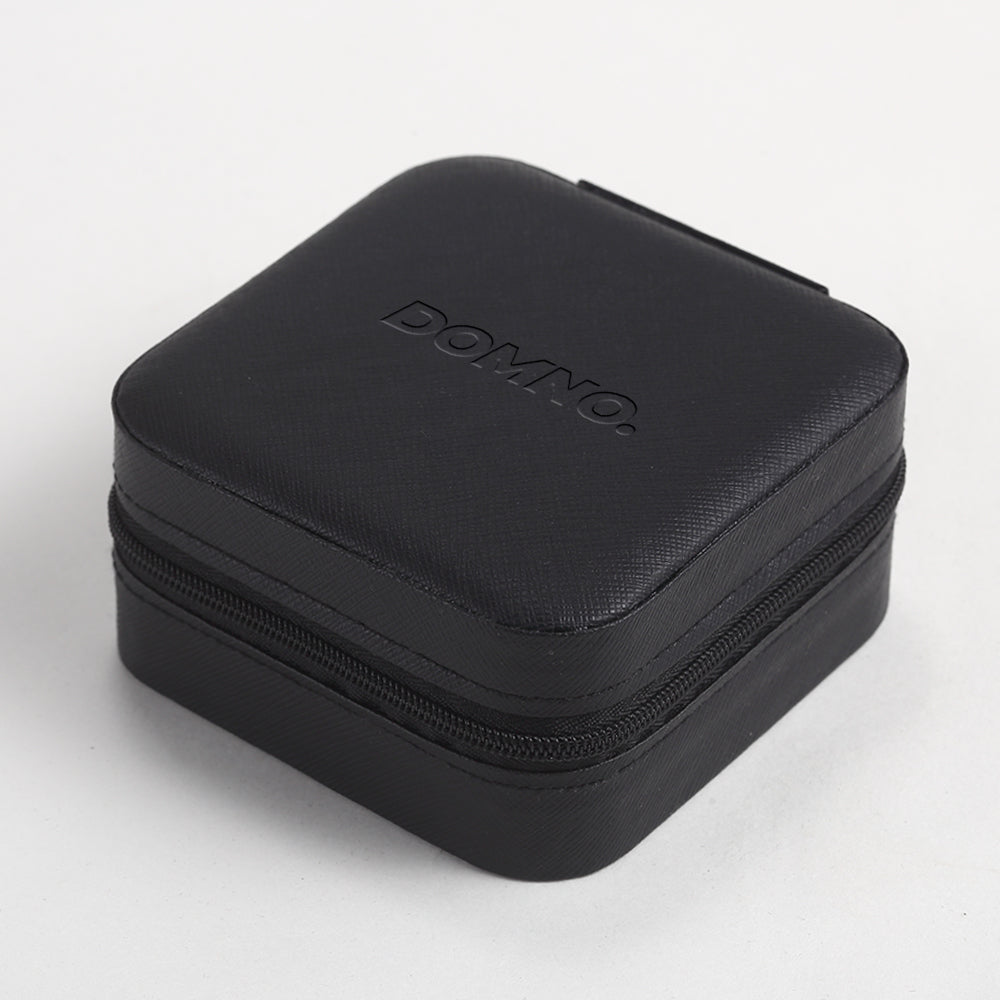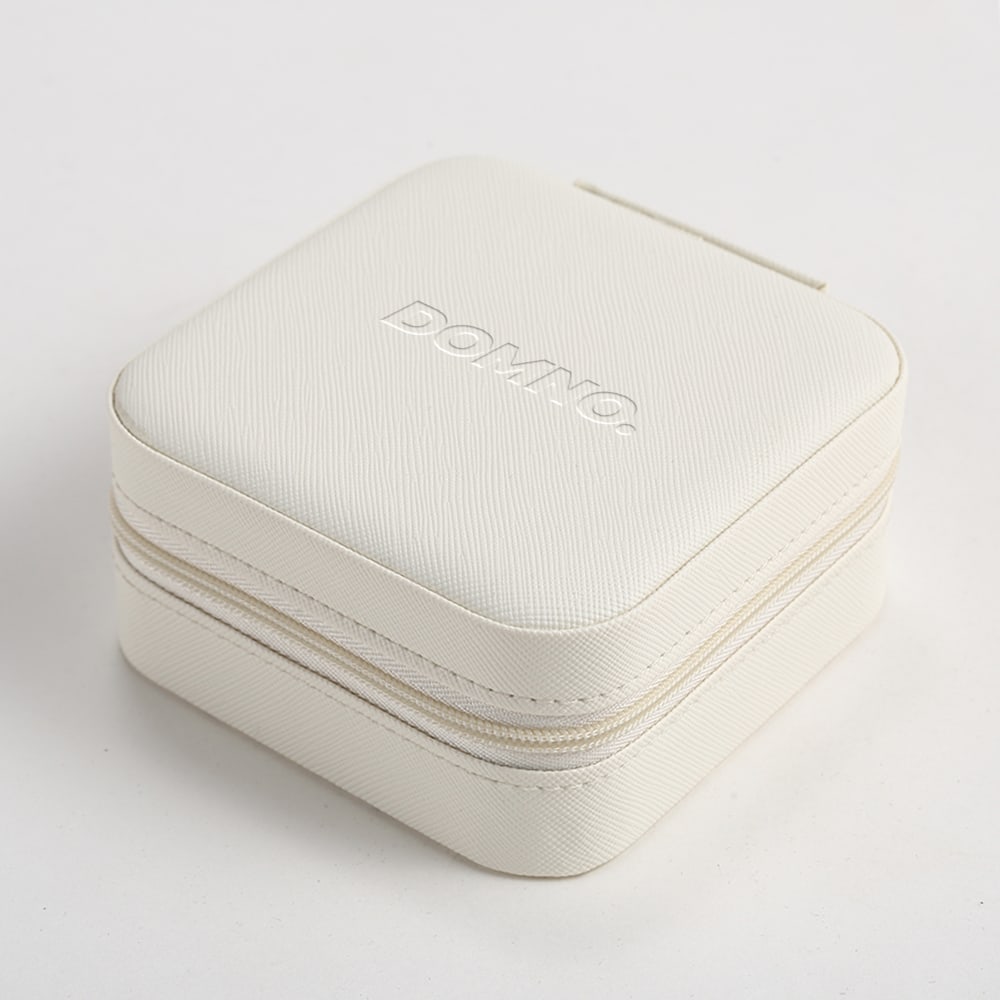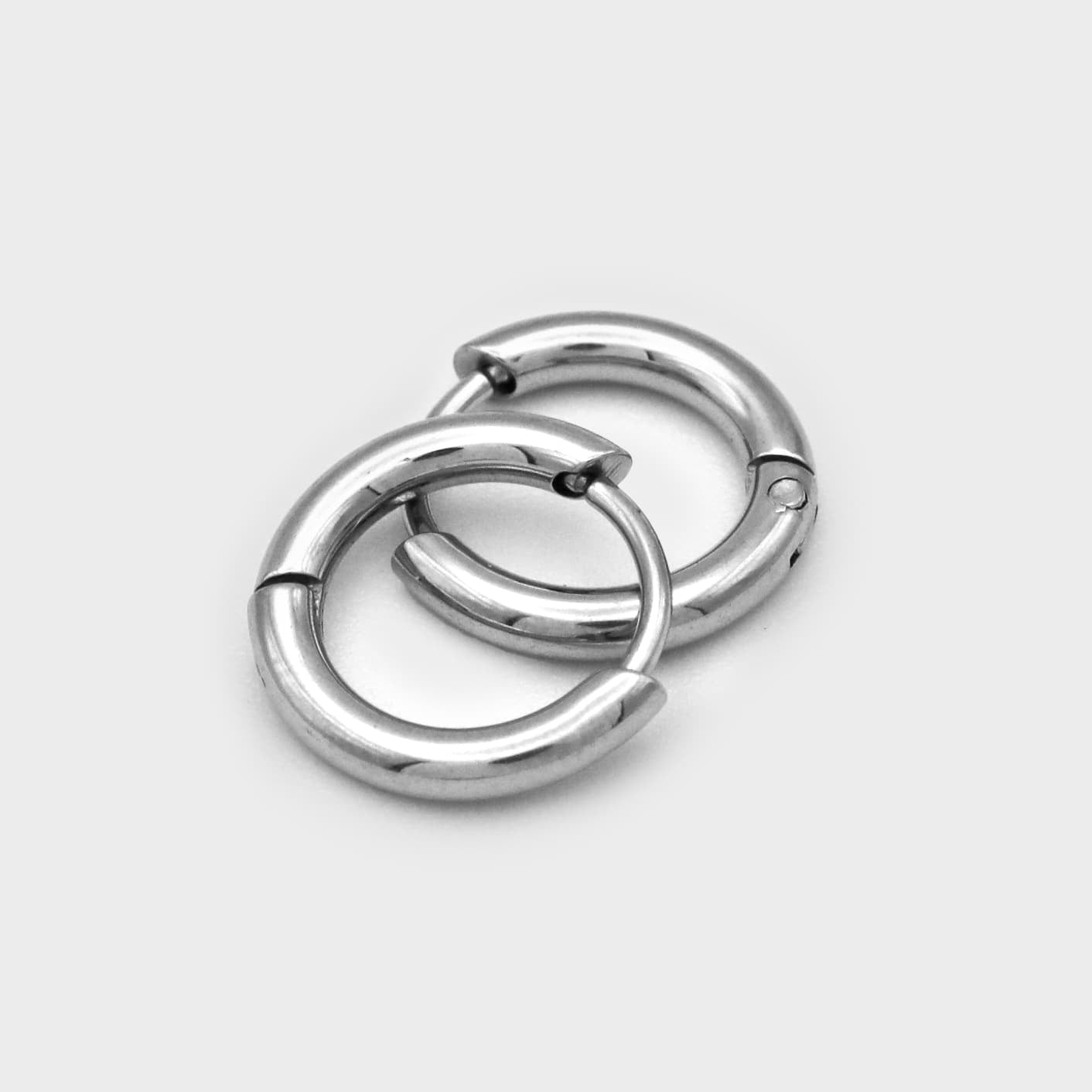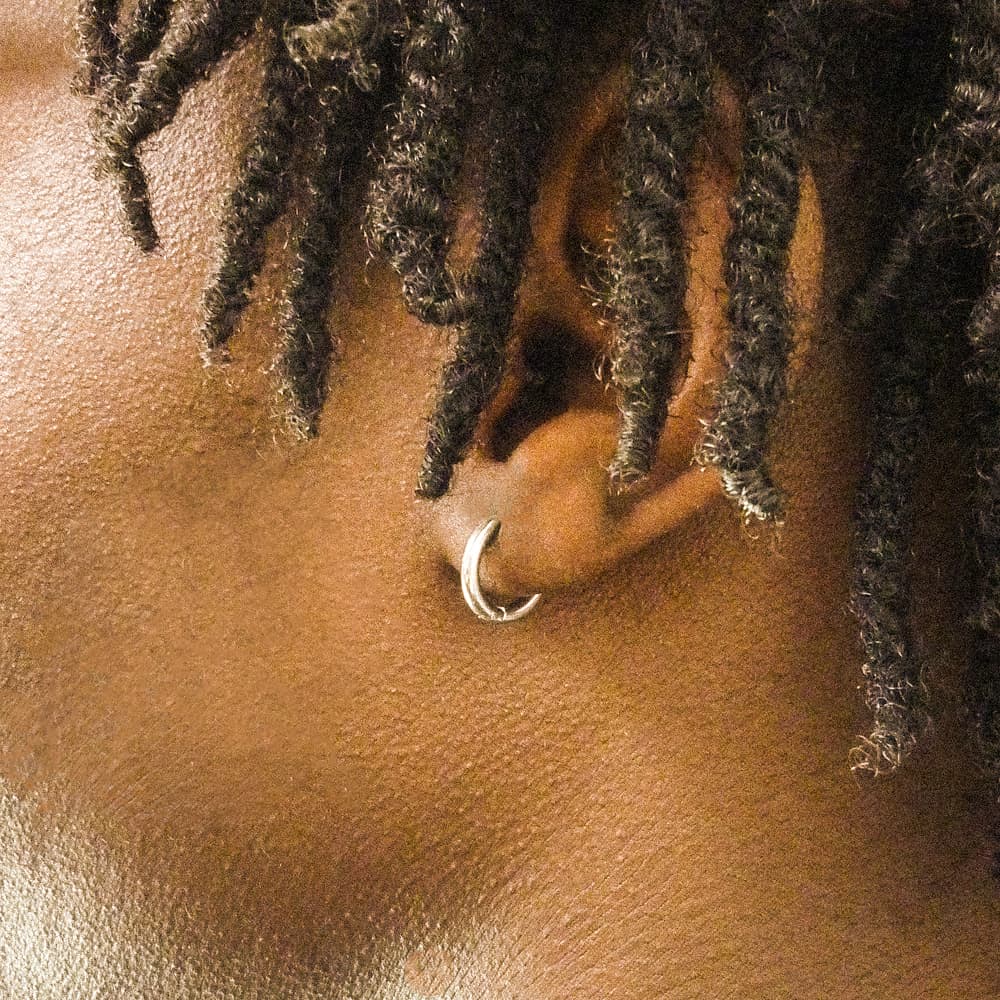
The term ‘vintage’ has proved its stickability, and the arrival of so many sellers online and in-store, as well as labels, brands and designs on the market, have thrown up their own issues which are worthy of a closer look to help the buyer avoid the pitfalls. This blog aims to help you sift through the hyperbole, misapprehension, and general all-round confusion which can occur when it comes to buying yourself a vintage article of clothing.
Why should you buy vintage?
‘Not another hand-me-down’. Eyes roll. Face cross. Strop incoming. Anyone with older (or larger) siblings, cousins, neighbours, playmates, etc. may well have protested like this in an era before secondhand clothes developed street cred and desirability for not only their sustainability but also their flair and ‘different appeal’.
It’s time to re-evaluate those handed down or thrift store finds, as not simply being another somewhat ill-fitting, eye-catching (for the wrong reasons), possibly slightly grubby and damaged item of clothing, but rather to see them as a valuable piece of the modern-day puzzle in which we are all living: i.e. how can we live within the means of the available materials in a manner which safeguards rather than impacts negatively on our planet?
Let’s take another look at where we are today. Surely, secondhand and pre-loved fashion could be something big, something necessary for we current earth dwellers? Something creative and full of boundless potential? If our planet is in danger, it follows that we should play our part, however seemingly tiny on a scale of things, to act differently, alter our mindset and lead our lives in a manner compatible with the time in which we are living.
And so, fortunately for us all today, there has been this awesome emergence of a dynamic, vibrant and desirable vintage market – no surprise there for Gen Z and friends, concerned about their carbon footprint and the need to shift towards a climate positive lifestyle.

Vintage value evaluated
It is difficult not to be shocked by the data available on the levels of waste created by the fashion sector, and now there really is an alternative which offers something for everybody – let your fingers do the talking, as you click on a vintage goodie before you choose that shiny new model hot out of the factory.
There are now many like-minded peeps, realising the truth that there is an ever-increasing scarcity of raw materials available to manufacture new, new, new, and turning instead to the myriad of unique and quality items already in existence. With the internet onside, wannabe vintage fans can now find an instant match to that must-have vintage heater they fancy.
And so, welcome to Domno Vintage (other brands also available, of course!)! In our world, vintage fashion is what it is all about, and our daily offering of pre-loved unique styled apparel is available to all, and not just there for niche shoppers in trendy places trying to add value to their collections, by wearing a truly individual garment. The internet may have opened this sustainable market to everybody, and for our fashion fans, it really is an amazing revelation – you too can cut a unique style wherever you live and display your own personality through carefully selecting clothes which are perfect for YOU and your world.

What makes a piece of clothing vintage?
A definition of the term ‘vintage’ is not easy to capture, as it is often used fluidly and vaguely by different industries to recreate the nostalgia of previous eras to suit their marketing agenda. Loosely speaking, a vintage item is not as old as an antique, but old enough, say 15–20 years, to have senior credentials and to have been manufactured using processes and materials from earlier days.
Nowadays, there is even ‘vintage-inspired’ clothing available, so you do need to be careful when buying something boasting the ‘vintage’ label, to check you really will be stepping into something which came out of the factory 15+ years ago, rather than a modern-day fast fashion replica with all its associated environmental impact and by-products entering the waste system and choking the planet.
Why is vintage fashion so popular?
The 21st century, streetwear drops from companies, such as Supreme, certainly generated huge excitement, as a specific collection dropped at a set time across the globe, and these days our daily drop, along with the other vintage stores, are there to fulfil an ever-increasing demand for one of one vintage items.
Streetwear is no longer the preserve of the expensive designer brand seekers, but it is now for everybody and it is a perfect fit for vintage, as its vibe flourishes with cool designs on oversized, as well as normal fit, hoodies, tees and tracksuits. Male and female silhouettes are merged to eradicate any gender bias, when it comes to vintage sports and streetwear, with its gender fluid style proving very attractive to today’s shoppers.
You really can be who you want to be, reinvent yourself and no need to fear detractors or follow the crowd!
On top of all this, and undoubtedly the best bit in our opinion, is that vintage fashion is one of the most sustainable ways to shop for clothes, and it is entirely accessible to everyone, whether trendy or not, so is a great leveller.

How to spot genuine vintage?
This is the biggest stumbling block when choosing what you believe to be a ‘vintage’ item for your wardrobe, and so we will spend some time discussing this area.
There is nothing worse than thinking you are buying an authentic piece from the 90s, then discovering on delivery that it was in fact manufactured just recently as a replica of a vintage-looking style! Understanding how to identify a piece of clothing really does come from the era that the seller is advertising it under, is very important. The more respected and reviewed vintage websites are always worth considering in your search for authenticity and integrity of purchase.
Labels are the first giveaway, as to whether an item is ‘authentic’ ie manufactured by the brand or ‘bootleg’ ie a replica. But remember, just because the item is marked as ‘bootleg’ it may well still be a valuable ‘vintage’ example of a replica, so don’t dismiss this descriptor out of hand. Use any filters and further info provided on the item’s product page, as some sellers provide you with the all-important era of manufacture and material to help your research.

Identifiers for a vintage item of clothing
Different time spans employed different techniques and materials in their fabrication, so that is a good place to start when confirming the heritage of a piece.
- Modern numbers include the use of polyester and bamboo fibres
- Natural materials, such as wool, cotton and linen, signify an older date of production.
Quality of manufacture is another key signifier, with linings often signalling a vintage piece, especially where jackets, dresses/skirts and coats are concerned. Look also for how the label is attached:
- Sewn labels indicate vintage,
- Glued on ones generally do not.
The zipper is also worth checking, as this can confirm both the genuine brand of item, as well as date of manufacture.
- Up to the 1960s, metal zippers were widely used
- These slowly became replaced with their plastic/nylon counterparts, as the world woke up to the apparently magic qualities of this new super material. Its negative side would not of course be discovered until far later …
Place of manufacture is another area for a vintage sleuth to consider.
- Old school numbers likely made in Canada, USA, Italy or France
- While Chinese or other Asian manufacturing did not really kick off until the 1970s onwards.
With 80s–90s vintage fashion, the seams can provide a further clue, as double stitching was used from the 80s into the early 90s for strength and durability. Further clues can be found just by researching the fashion of specific eras yourself, reading Y2K blogs for example will tell you which kinds of clothes people really wore at that time, so you can look out for them knowledgeably.

Buyers beware
A word to the wise here: we are sorry, but like with so many other areas of life, especially of an online nature, if a vintage valued steal looks too good to be true, chances are it will be!! Knock-off imitators from designer top-end brands, such as Hermes, Chanel and Louis Vuitton, are rife, and a real issue, but you should be in a position to avoid these pitfalls by looking out for some of the details highlighted above.
If you are not sure about an item you are interested in, ask lots of questions to the seller, as in most cases, the store owner or a team member should be able to trace if it really is an original, along with its specific era and pass that information on to you.
Know your vintage shops
There are many many forms of vintage available, like dresses from the 60s to Nike sweatshirts from the early 90s, as there are decades of vintage supply, so understanding which vintage shops sell which sort of vintage is key. Even if you do not purchase from that site, there is nothing to stop you doing your research on it.
For example, here at Domno we sell vintage sportswear/streetwear from the 80s–00s, whereas Rokit Vintage sells general vintage from the 60s–10s+ and Revival Vintage focuses on dresses from the 40s–60s. This is why knowing what vintage you want to buy, as well as knowing who supplies it, is an essential part of the journey! We have a list of some of the best vintage stores here.
Condition is crucial
Make sure to look out for any defects, such as buttons missing, cuffs fraying, designs cracking, stains, marks or holes/tears on a product you are interested in. On occasion, you may feel you are able to repair the damage, or remove the stains yourself, thus adding instant value to your purchase. Knowing that an item is in great condition shows that not only did the previous owner care for it, but the shop owner clearly spent time ensuring it remain in tip-top shape, reflecting the fact it is a lovely item, deserving the best care.

Know your size
Never follow the size labels of vintage clothing, as each piece will have been worn, washed and shrunk, thus rendering its original size indicator potentially inaccurate for a modern buyer. It is definitely worth investing in a traditional tape measure to note your exact measurements from a piece of clothing you already love the fit of, and to then check these measurements against the ones listed on the item you are considering buying.
To measure an item, our size guide recommends the following: Place your item flat on the floor and measure the widest range from one armpit to the other one, as well as the length from the base of the neckline to the bottom of the hem. These are the two key measures used by many vintage retailers.
The brand is not everything
Just because you find an expensive brand, this does not automatically mean the item is going to be to your taste! The fit, how you think you will feel in the piece and the quality are much more important than anything else! An unbranded vintage item can be better than a really expensive branded piece any day of the week. And, if it is ‘unique’ you are looking for, go no further than the unbranded vintage clothes rails.
Knowing what you want
There are hundreds of thousands of vintage pieces of clothing on the world wide web, so if you know exactly what you want, then it’s yours! If, on the other hand, you feel somewhat overwhelmed by the vast variety on offer, we recommend using Pinterest or Google images to find some inpso to collect a few outfits and styles you really like. Then, moving on from this, you can search online to find that perfect piece, using any of the huge marketplaces, such as Depop, Etsy and all the smaller independent websites to help you.
![]()
Start with cool accessories
A quick and easy way to enter the vintage world, is with a couple of accessories! A pre-loved hat, bag, scarf, belt, watch or necklace can give you a unique look and usually proves to be a pretty cheap entry point.
Do your research, if you are looking to spend
There is nothing worse to think you are buying an authentic piece from the 90s but it was manufactured just two years ago! If you are going to be spending a decent chunk of change, we definitely recommend really researching the item you are considering, using the pointers above to help you. This is the best way we have found to see if you can find something similar to the piece you are hoping to buy.
Conclusion/Takeaway
We hope this guide about how to shop vintage, with the advice we have shared with you from our own experience in the world of vintage clothes, will inspire and motivate you to assess your own wardrobe and your clothes shopping habits. We’d love you to come along and consider buying secondhand quality items, after taking a fresh look at vintage and the reasons behind its existence. Maybe today is the day to dip your proverbial toe into these unchartered waters if you never have before!
We’d love to hear of your experiences and tips on shopping vintage, so please share your ideas and photos on our Insta and we can all help spread the vintage word.


